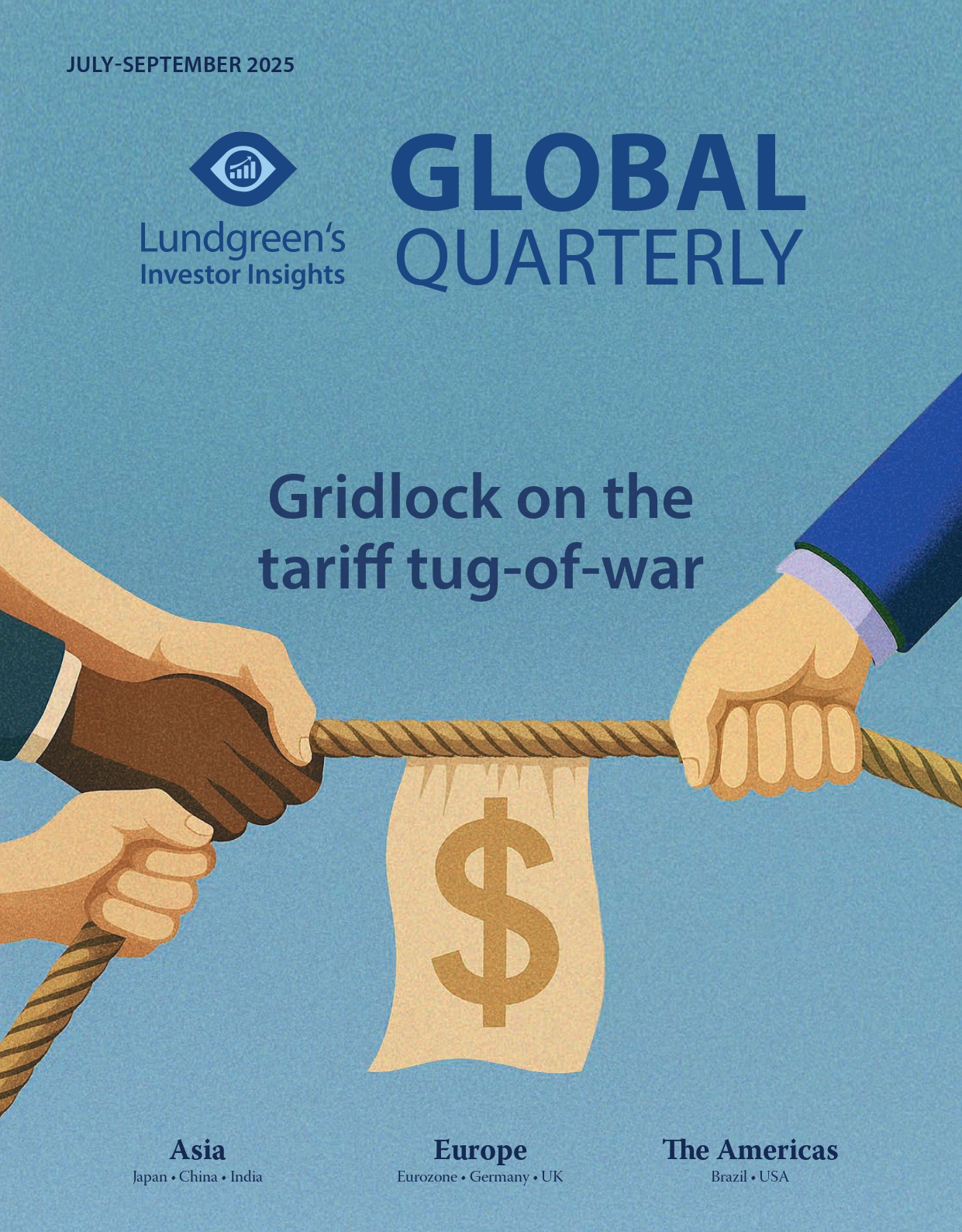India getting back to high growth gear with tax cuts
India, touted as the fastest-growing major economy in the world, wants to return to high gear after a disappointing 2024. The country’s economy expanded by 6.4 per cent that year, easing from 7.2 per cent the previous year – a pace that seems unreachable for European and North American countries, but softer than what Indians are used to seeing.
A prolonged period of high inflation and rising household debts has kept Indians from spending as they once did, with a slowdown in consumption growth recorded for two straight years. In February, the government responded by announcing major tax rate reductions benefiting the middle class as part of the national budget for the incoming fiscal year.
Under the new tax brackets, individuals earning up to INR 1.2 million (USD 13,800) a year are now exempt from paying taxes, a huge leap from the previous tax-free threshold of INR 700,000 (USD 8,000). Previously, these earners had to pay INR 50,000 (USD 575) a year plus a 15 per cent duty on amounts in excess of INR 1.2 million. In 2024, the top tax rate was 30 per cent for individuals who make over INR 1.5 million (USD 17,200) yearly.
The adjustments are seen to benefit 10 million taxpayers who will now pay zero taxes. Its goal is to boost overall GDP growth, with private consumption driving almost 60 per cent of domestic economic activity.
Eyes on consumption
Consumer confidence in India has remained generally positive over the last decade but has yet to return to its pre-pandemic highs. As Graph 1 shows, consumer optimism on spending activities peaked at a net score of 84.4 per cent in June 2015, a rate that has not been matched since. The slowdown is mirrored by the real growth in India’s household consumption, which has also experienced a downward trend in recent years. From a 7.1 per cent growth seen in 2018, household spending eased to 5.2 per cent in 2019 and contracted by 5.3 per cent in 2020, the height of pandemic-induced lockdowns. Consumption recovered in 2021 but continued to decelerate in the two succeeding years.

Consumer confidence ratings eased in the first half of 2024 before picking up for the rest of the year, although still below 80 per cent. This suggests a slight pickup in household spending, but still far from pre-pandemic rates – and this is what the Indian government hopes to pull up with the tax cuts, which is expected to unlock INR 1 trillion (USD 11.5 billion) in purchasing power.
Companies engaged in retail trade; manufacturers of consumer durables like gadgets, home appliances, and motor vehicles; as well as property developers stand to gain from the expected spending surge. There was even an immediate pickup in share prices for consumer stocks at the BSE Sensex after the tax cuts were announced. The lower tax rates also come at a time of easing inflation, which makes potential price effects easier for the central bank to manage.
However, there are questions about how potent the tax reductions would be as an economic stimulus. After all, only 99.2 million Indian workers filed individual tax returns for fiscal year 2023-2024 according to government data. Representing less than one-fifth of the labour force and just 7 per cent of the population, only a subset of that consists of actually paid income taxes due to earnings or other exemptions. Indians are also largely employed in the informal sector, implying that they are unlikely to benefit directly from the reduced tax rates.
Fixing the fiscal gap
The tax cuts occur parallel to efforts by the Indian government to reduce the budget deficit. Foregone revenues will most likely go against deficit reduction, meaning the state must also reduce public spending. It is also worth noting that India’s tax-to-GDP ratio is far below levels seen in comparator economies, as seen in Graph 2.

Tax revenues collected by the Indian government only account for 6.7 per cent of the domestic economy, in contrast to similarly rated Brazil at 14.7 per cent and other low- and middle-income economies with an average tax-to-GDP ratio of 10.4 per cent. The low share of taxes to GDP has resulted in elevated government debt equivalent to 82 per cent of GDP in 2023, which Fitch Ratings has flagged as a continuing concern for India.
The good news is India is on track with narrowing its fiscal gap. From a deficit equivalent to 9.2 per cent of GDP in 2020, the gap is seen to have eased to 4.9 per cent in 2024 and will narrow further to 4.4 per cent by 2026, according to India’s Union Budget. This provides some elbow room for foregone tax collections, although the country needs to keep spending more on social services to support its 1.4 billion people – for example, food subsidies are at INR 2 trillion (USD 23.5 billion) under the 2025-2026 national budget. The government is counting on increased dividend payments from the central bank and from state corporations to offset the reduced tax take, although improvements in tax administration such as capturing more informal sector workers as part of the tax base would partly offset the revenue hole.
The income tax cuts are a concrete step taken by the Indian government to boost private consumption and ultimately, a much-needed economic growth amid a slowdown in both domestic and global demand and a stalling manufacturing sector. We remain optimistic about India’s prospects and continue to expect the economy to lead global growth in the coming years.






